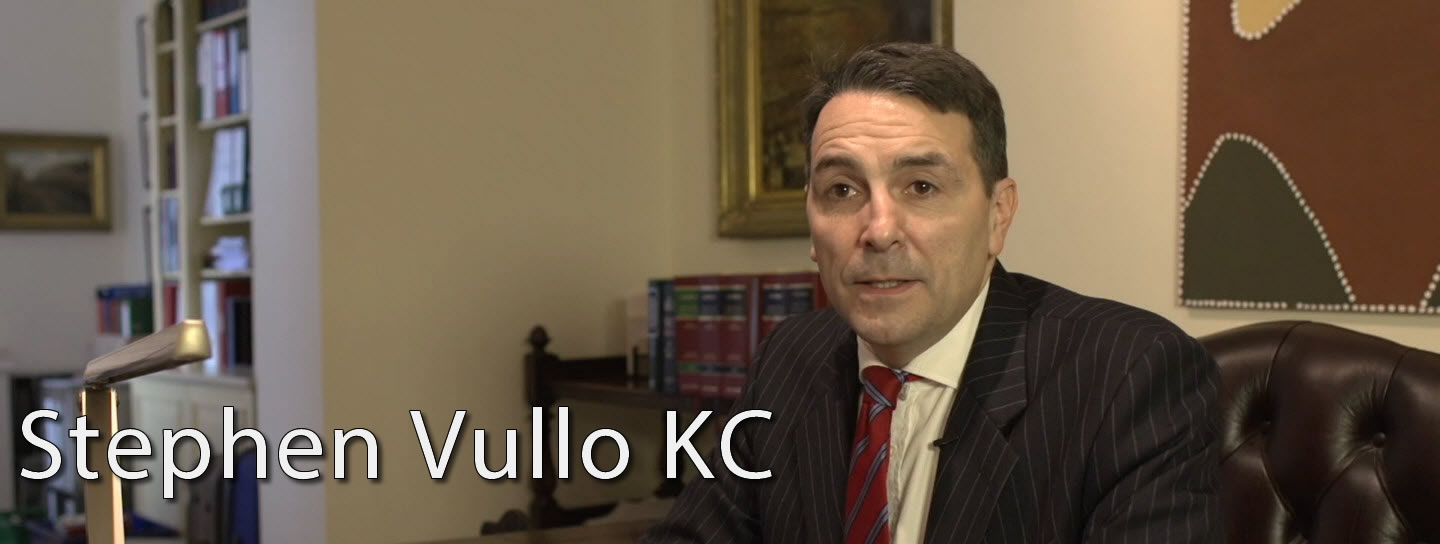The court rejected a submission that photographs of young naked children could not be indecent as a matter of law: that question was for a jury to decide, and any categorisation of those photographs was only useful for sentencing purposes.



The court rejected a submission that photographs of young naked children could not be indecent as a matter of law: that question was for a jury to decide, and any categorisation of those photographs was only useful for sentencing purposes.
ADMISSIBILITY ALLEGATIONS OF CHILD SEX OFFENCES CRIMINAL EVIDENCE INDECENCY INDECENT PHOTOGRAPHS OF CHILDREN JURY DIRECTIONS SEXUAL OFFENCES WHETHER PHOTOGRAPHS OF NAKED CHILDREN INDECENT AS MATTER OF LAW AND ADMISSIBLE REGARDING PROPENSITY
A judge had not erred in stating that an appellant’s bad character had been agreed during a rape trial in which both the appellant and victim had impugned each other in their evidence. The conviction was safe despite the fact that allegations of past violence by the appellant had been made. The judge’s direction had been adequate to deal with the issue.
BAD CHARACTER CRIMINAL PROCEDURE JURY DIRECTIONS RAPE SUMMING UP
A judge had been right to refuse severance of a defendant’s indictment for child abduction from his co-defendants’ additional indictments for rape. The jury had not misunderstood the scope or nature of the case against the defendant, they had been directed carefully and the summing up had been clear.
APPLICATION TO SEVER INDICTMENT CHILD ABDUCTION CHILD ABDUCTION ACT 1984 s.2 CO-DEFENDANTS CRIMINAL PROCEDURE INDICTMENTS JURY DIRECTIONS RAPE s.2(1)(a) s.3 SEVERANCE SUMMING UP THREE CO-DEFENDANTS JOINTLY CHARGED WITH CHILD ABDUCTION TWO CO-DEFENDANTS CHARGED WITH RAPE
A judge had not diluted a good character direction by directing a jury that to the extent that they accepted evidence of misconduct additional to that contained on the indictment, they would want to consider whether that evidence reduced the weight which they gave to the fact that the defendant had no previous convictions.
BAD CHARACTER CHILD SEX OFFENCES CRIMINAL EVIDENCE CRIMINAL PROCEDURE GOOD CHARACTER JURY DIRECTIONS RAPE STANDARD OF PROOF
A written note that flattered a 13-year-old girl, asked her to come around for “some fun” if she wanted to and stated that it was okay if she did not was not just an invitation. The words used were capable of amounting to an incitement to sexual activity. The court advised that in circumstances where the need to appeal arose during the currency of criminal proceedings and the appeal could be mounted very quickly, it was sufficient to tell the jury that a procedural issue had arisen that was neither the fault of the defence or prosecution and that the case had to be adjourned until the date that the issue could be resolved; to say otherwise would lead to rife speculation.
APPEALS CRIMINAL PROCEDURE INCITEMENT JURY DIRECTIONS NO CASE TO ANSWER SEXUAL ACTIVITY WITH CHILDREN
Although a judge had erred in not distinguishing between contemporaneous evidence and that which occurred some years after the relevant events, and in directing that a complainant’s evidence of distress could be corroborative of an allegation of indecent assault, any misdirections were immaterial and could not affect the safety of the appellant’s conviction.
ADMISSIBILITY CORROBORATION CRIMINAL EVIDENCE EVIDENCE OF DISTRESS INDECENT ASSAULT JURY DIRECTIONS MISDIRECTIONS MISDIRECTIONS ON LAW
In a case where the defendant was accused of sexual offences against his daughter, the judge had been correct to refuse to admit the evidence of a retired psychiatrist and psychotherapist: her thesis of false memory syndrome lacked evidence to support it.
ADMISSIBILITY ALLEGATIONS OF HISTORIC SEXUAL OFFENCES MADE BY DAUGHTER AGAINST FATHER CHILD CRUELTY CRIMINAL EVIDENCE CRIMINAL PROCEDURE EXPERT EVIDENCE JURY DIRECTIONS MOTIVE RAPE OF CHILD UNDER 13 RELIABILITY OF EXPERT EVIDENCE REGARDING FALSE MEMORY SYNDROME SENTENCE LENGTH SENTENCING SEXUAL ASSAULT OF CHILD UNDER 13
The court gave guidance on a jury direction required in relation to establishing the elements of the offence of indecent assault.
CRIMINAL LAW CRIMINAL PROCEDURE INDECENT ASSAULT JURY DIRECTIONS SEXUAL OFFENCES SEXUAL OFFENCES ACT 1956 s.14(1) UNSAFE CONVICTIONS
Convictions for making indecent photographs of children were quashed where, although the defendant had not given evidence on the point, there was material which required the judge to give directions on the possibility that the defendant might have downloaded the images without knowing that they involved children. That was a potential defence and had to be left specifically for the jury to determine.
CRIMINAL PROCEDURE INDECENT PHOTOGRAPHS OF CHILDREN JURY DIRECTIONS KNOWLEDGE
On the facts of the case, the defendant’s conviction for rape was not rendered unsafe by the judge’s failure, after acceding to a request from the jury for the replaying of the complainant’s ABE interview, to warn the jury not to place too much emphasis on what they had seen during the recording since they had not also viewed, at the same time, the evidence of any other witness, in particular the defendant.
CRIMINAL EVIDENCE CRIMINAL PROCEDURE JURY DIRECTIONS POLICE INTERVIEWS RAPE SENTENCE LENGTH SENTENCING VICTIMS
Please use the form below to make contact. Your email will be responded to promptly (we endeavour to respond to all email enquiries within one hour). Alternatively, you can call Stephen's firm, Twelve Tabulae Limited, on +44 (0) 203 846 5801.